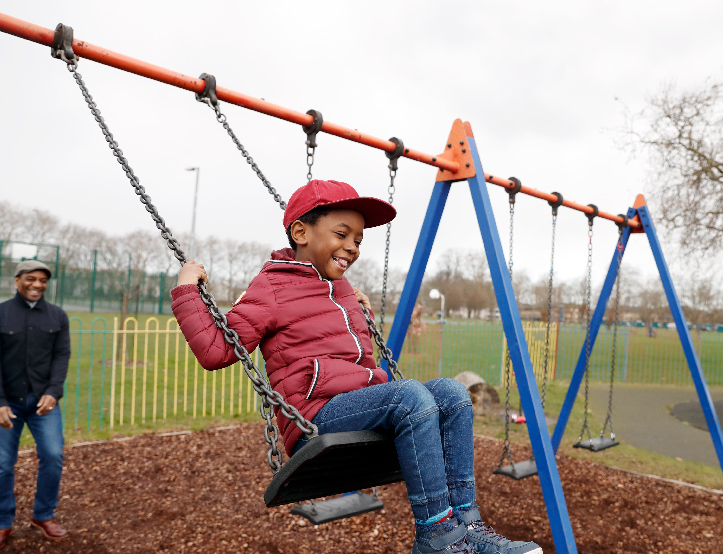Preventing Abuse Before It Starts
There’s no “one-size-fits-all” approach to preventing child maltreatment. A truly comprehensive approach to prevention requires community outreach aimed at different populations, as well as programs that reflect the varying phases of the life cycle of a family. It also requires finding ways to support adults and children alike.
These programs and activities can be divided into three levels of prevention:
- Primary Prevention
Programs and services designed to promote the general welfare of children and families. - Secondary Prevention
Services identified and provided to families who have identified risk factors for maltreatment. - Tertiary Prevention
Services provided after the occurrence of abuse or neglect. These services are designed to prevent the recurrence of abuse.
By providing services at all levels of prevention, we can help protect our children. And by focusing especially on primary prevention, we can help mitigate the necessity of the other two.

How does primary prevention work?
A community that takes prevention seriously must support parents and caregivers before there is a crisis. They also recognize the importance of providing primary prevention activities and programs for all parents regardless of ethnic, cultural, racial, or economic backgrounds, because they understand that child abuse and neglect happens within all segments of our society.
That means we must invest in prevention, knowing that by doing so we can help reduce juvenile delinquency rates, drug and alcohol abuse, as well as domestic violence and crime. Prevention also requires leadership and involvement from all sectors of the community—civic, business, education, clergy, and health and human services.
There are four key ways to promote primary prevention and create a community that cares for its children:
- Raise Awareness
Prevention starts by raising awareness that prevention is possible—that we can stop abuse and neglect from happening in the first place. - Distribute Information About Parenting
Most parents and caregivers want to do the best job they can in raising their children. They also need help. By providing them with the tools and resources needed to support parenting skills and to strengthen families, we equip them to do better. - Create Educational Programs That Support Families
No parent or caregiver is perfect. Regardless of background, all parents have experienced difficult times when they could have used more education and support. That’s why it’s critical to provide families with resources, support groups, and educational opportunities that allow them to share their experiences and learn from others. - Build Support for Community-Based Prevention Programs
Primary prevention is most effective at the community level. Therefore, we need caring communities in order to have effective prevention programs. By working to encourage communities and organizations to take on this responsibility, we can prevent abuse and neglect at the grassroots level.

